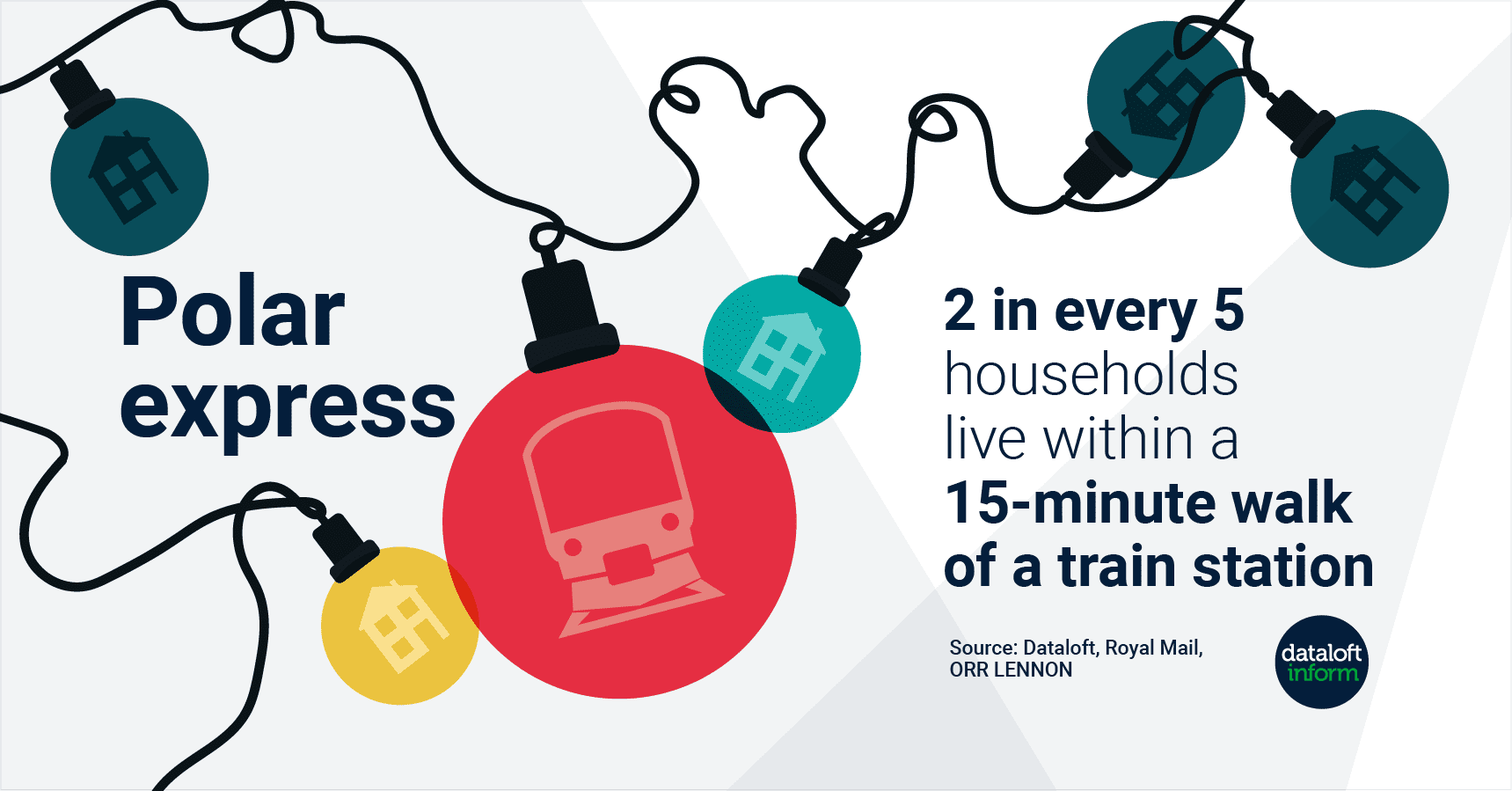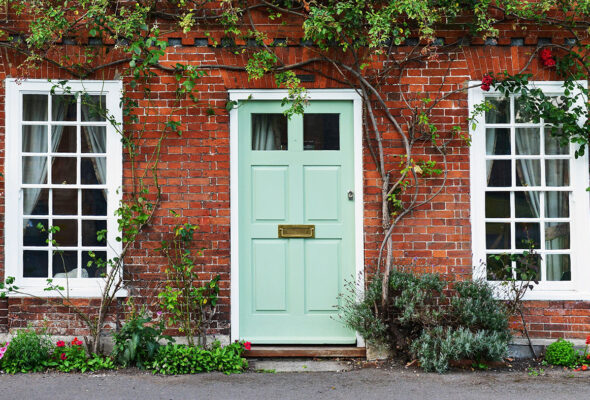Living near a Train Station
Buying a home near public transportation is often at the top of most buyers wish list. It is far less burdensome to take the bus or train than to drive, fuel, maintain, and insure a car. However, this is not the only reason to reside near a train station as new research shows that buying a home close to a train station may actually increase your home’s value.
For many people, commuting is simply a fact of life during the working week. Studies show that those who commute shorter distances are happier as well as being more productive. So when it comes to deciding where to live, it could be wise to pick an area that has access to great public transport, especially a train station.
Go Green
Commuters often suffering from traffic jam with congested roads in rush hours, not to mention that there’s always a shortage of suitable parking spaces. Public transport connects takes care of these problems to a certain level.
Greater Manchester has approved plans for a clean air zone scheme under which high-polluting commercial and passenger vehicles will be charged to drive through the city.
The government defines a Clean Air Zone as ‘an area where targeted action is taken to improve air quality, and resources are prioritised and coordinated in order to shape the urban environment in a way that delivers improved health benefits and supports economic growth’.
The introduction of the Greater Manchester clean air zone scheme will no doubt increase demand for houses within close proximity of public transport links including train stations which provide easy access in and out of the City. At VitalSpace, we regularly offer properties for both sale and rental within close proximity of several train stations.
Did you know?
- Over 10.7 million households in England and Wales are within a 15-minute walk of their nearest station, the equivalent to 41% of households.
- There are over 2,200 railway stations across England and Wales. Of the top 20 busiest stations, only Birmingham New Street, Leeds and Manchester Piccadilly are outside the capital.
- Passenger numbers at the top 20 busiest stations exceeded 158 million in the year to the end of March. This compares to just 436 ‘entry and exits’ at the 20 least-used stations.










